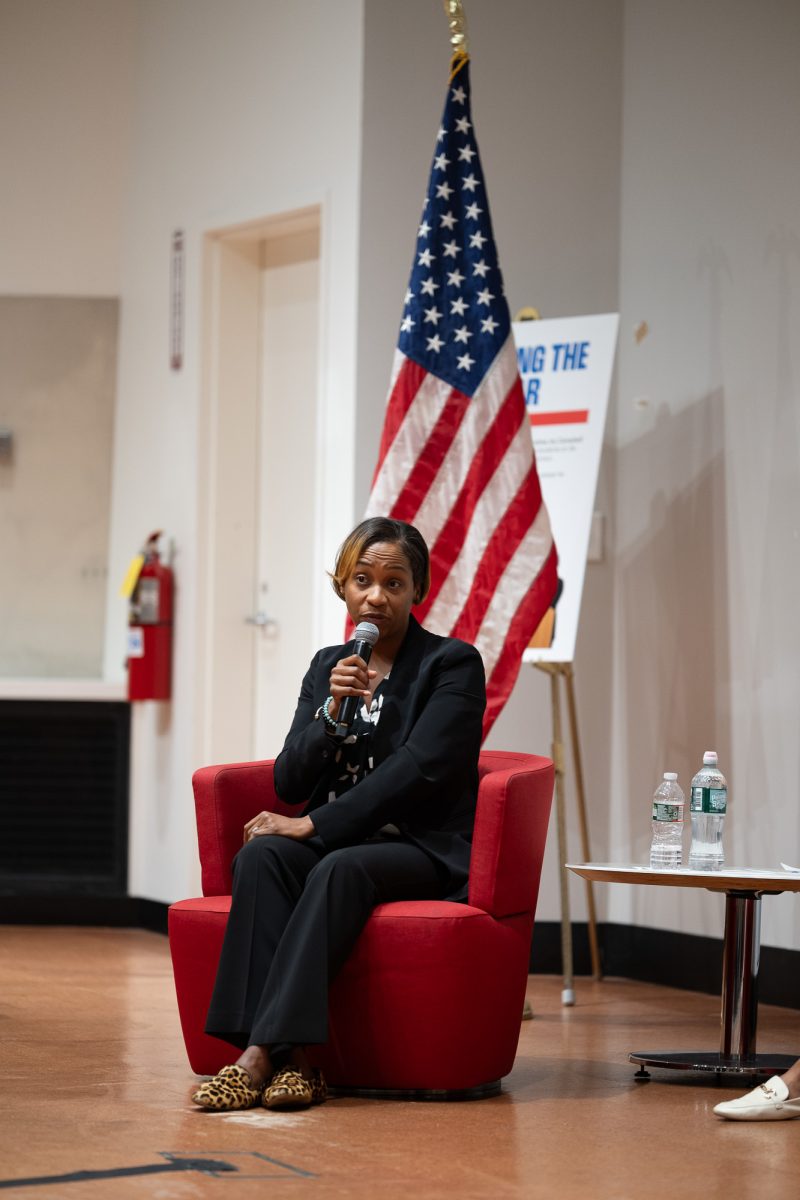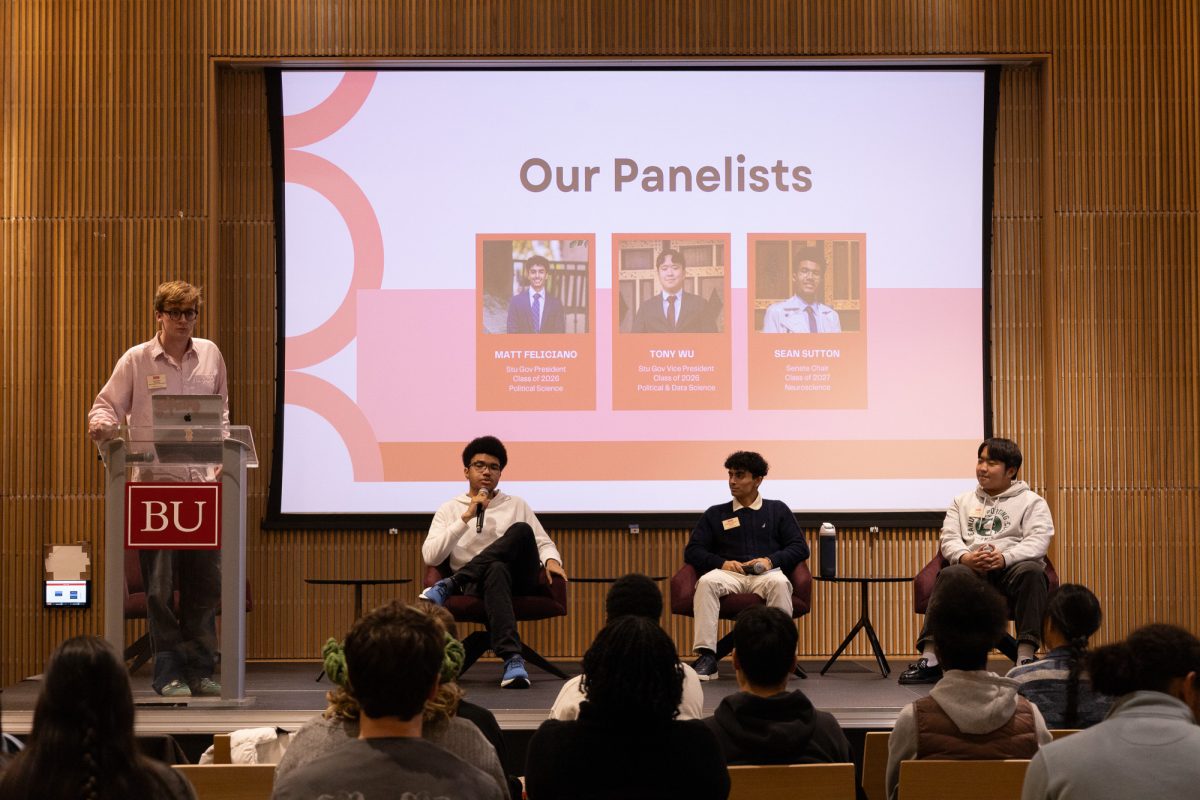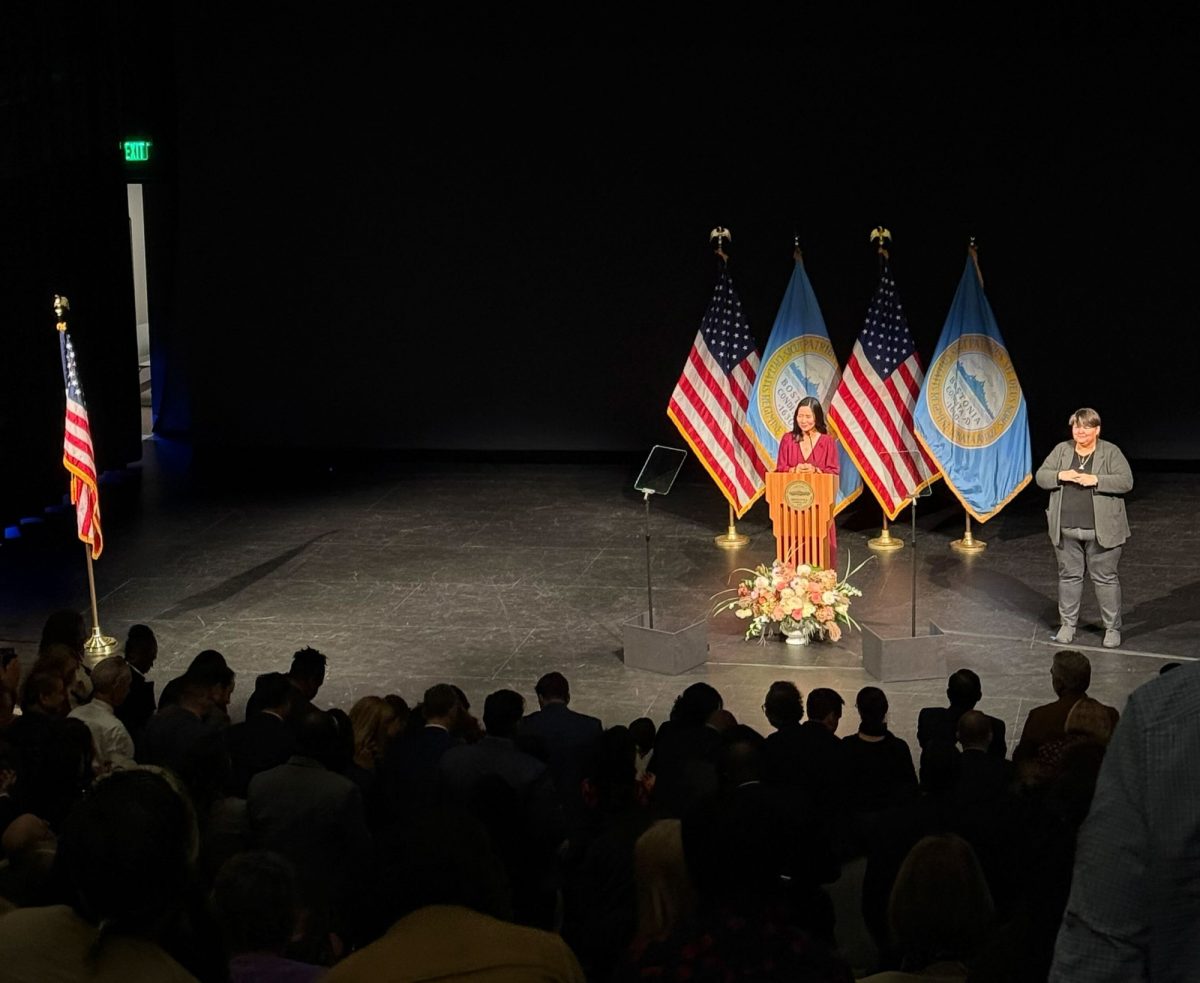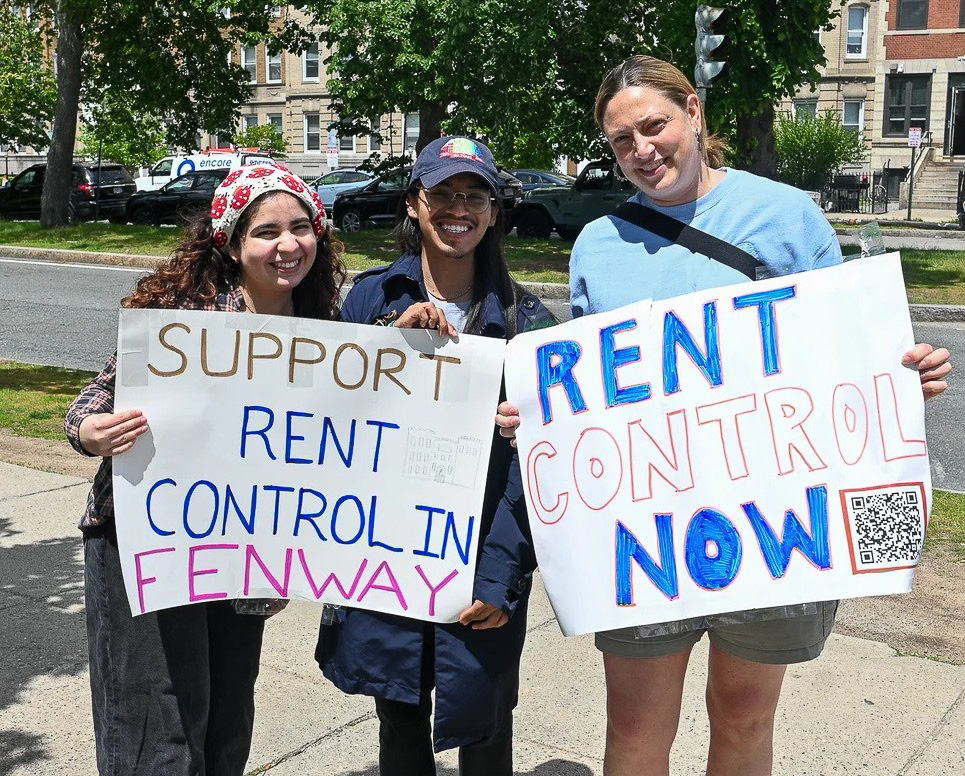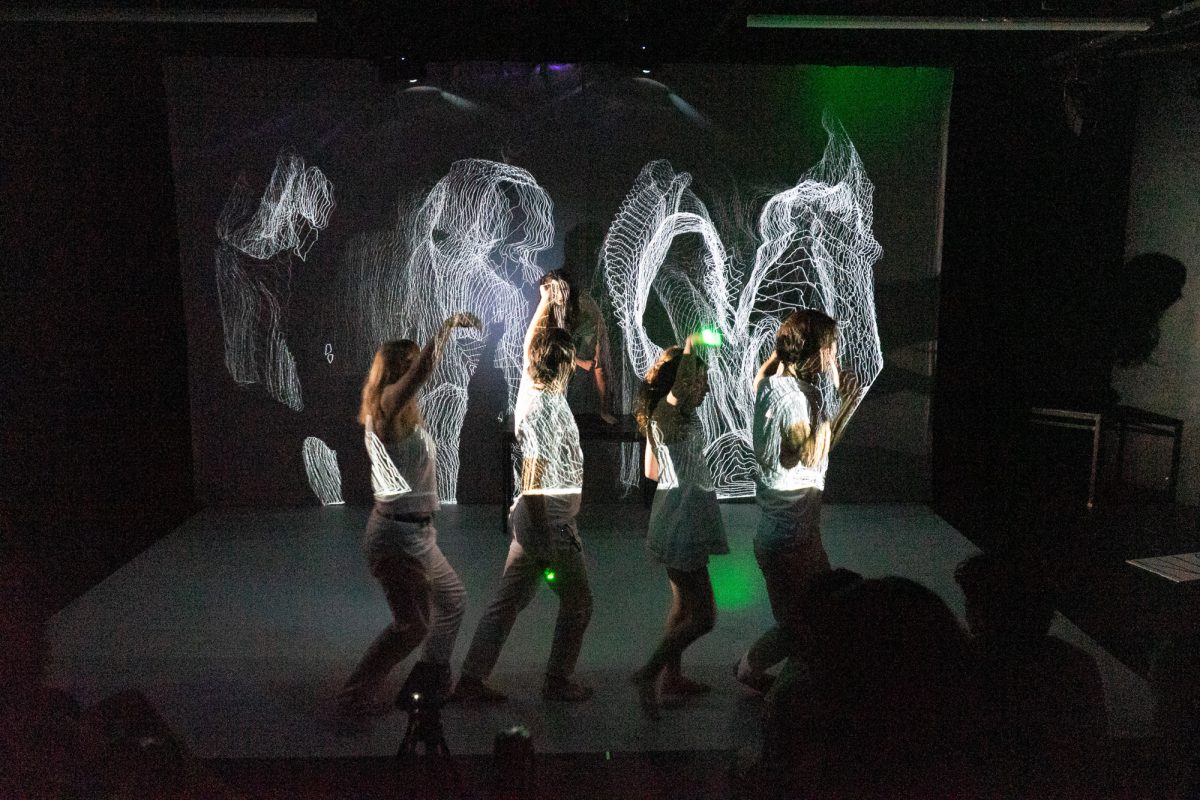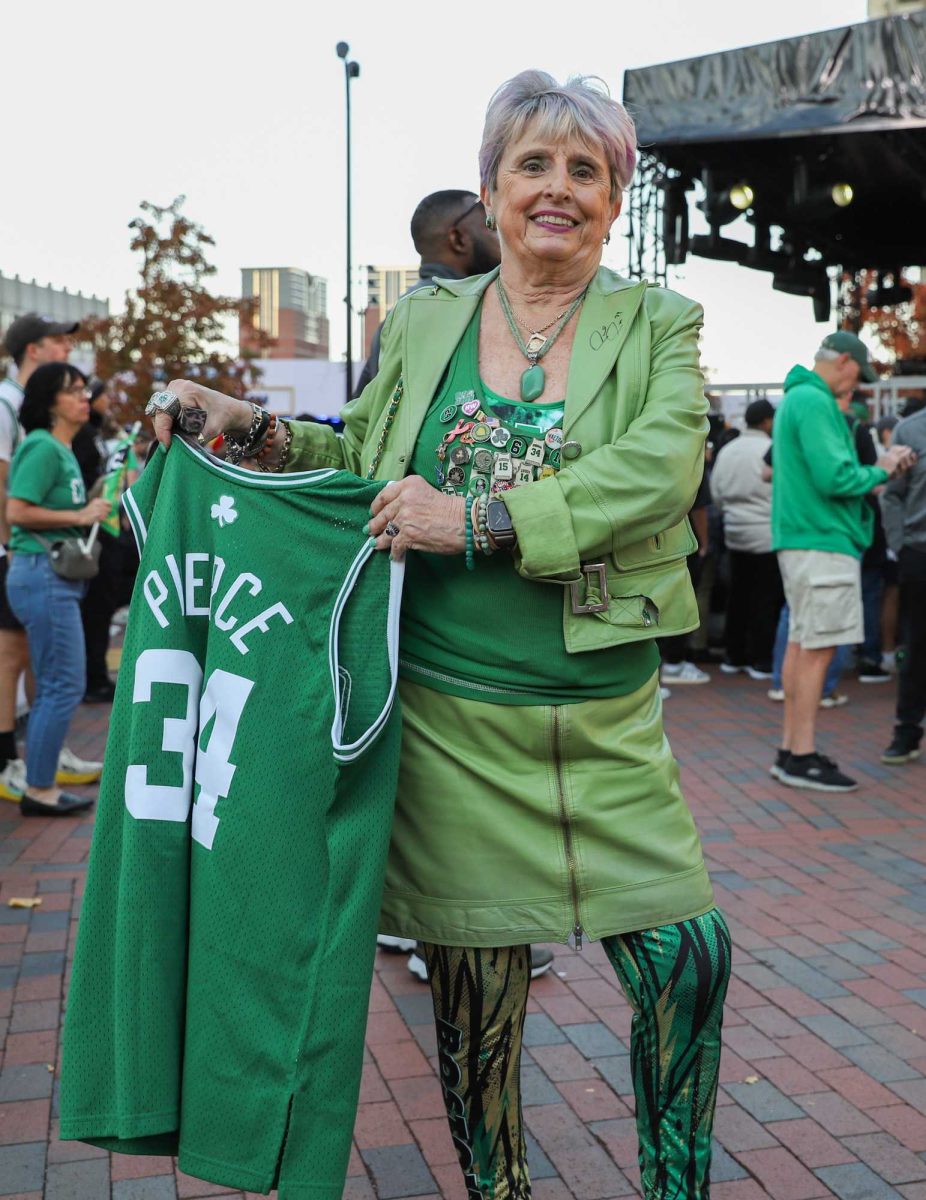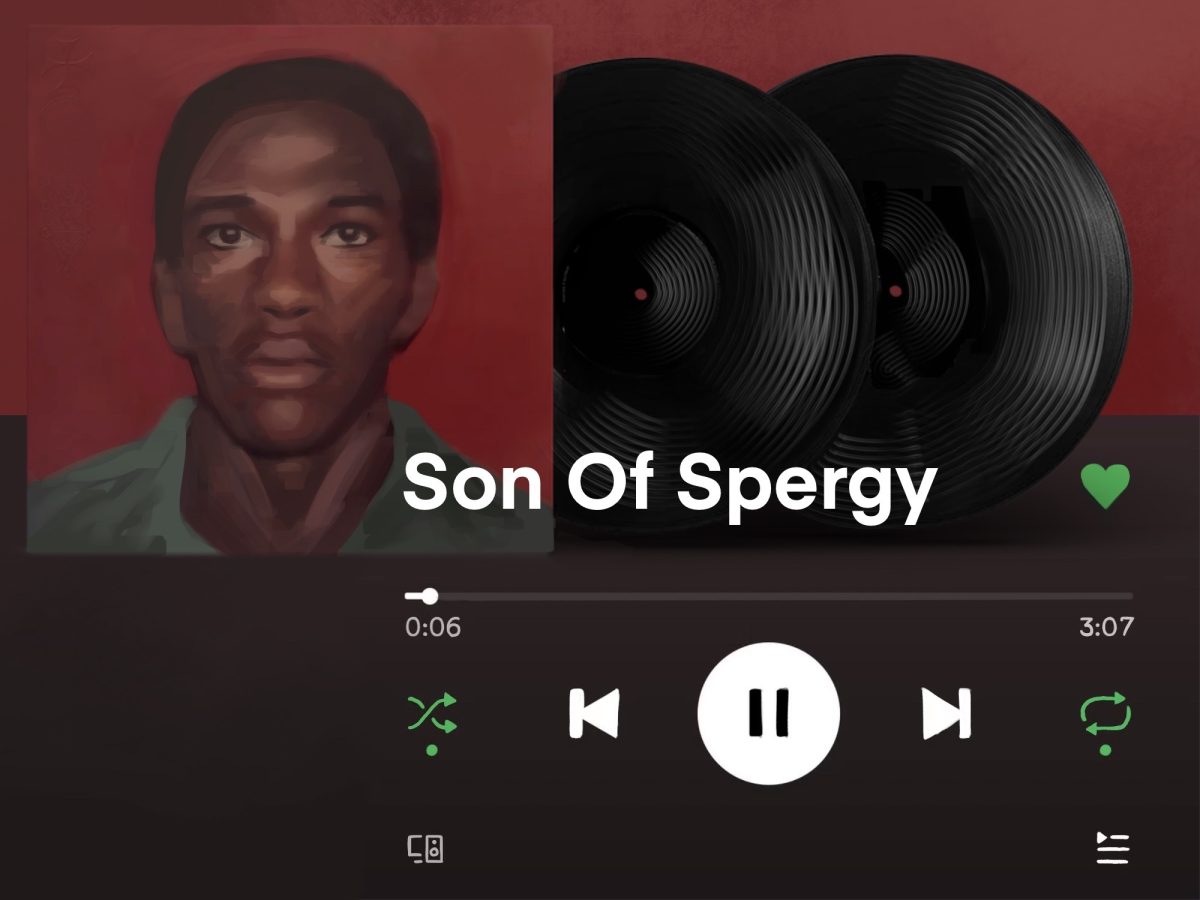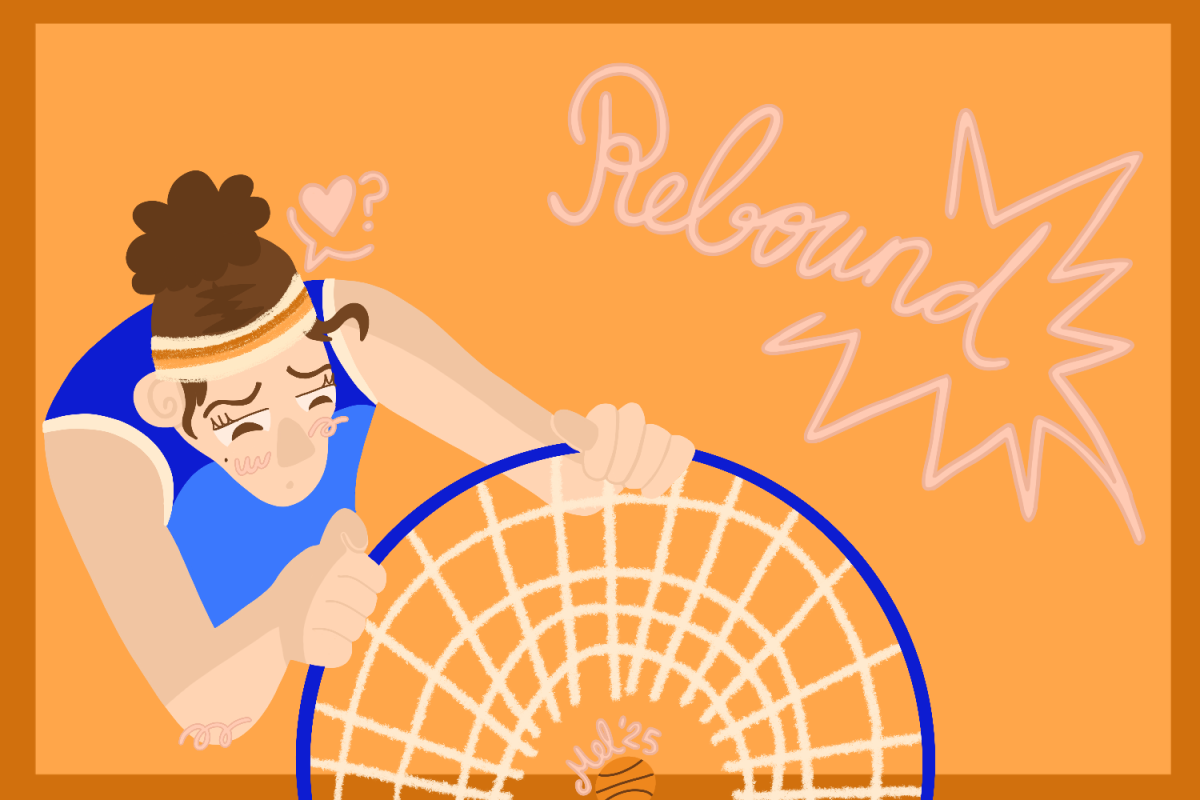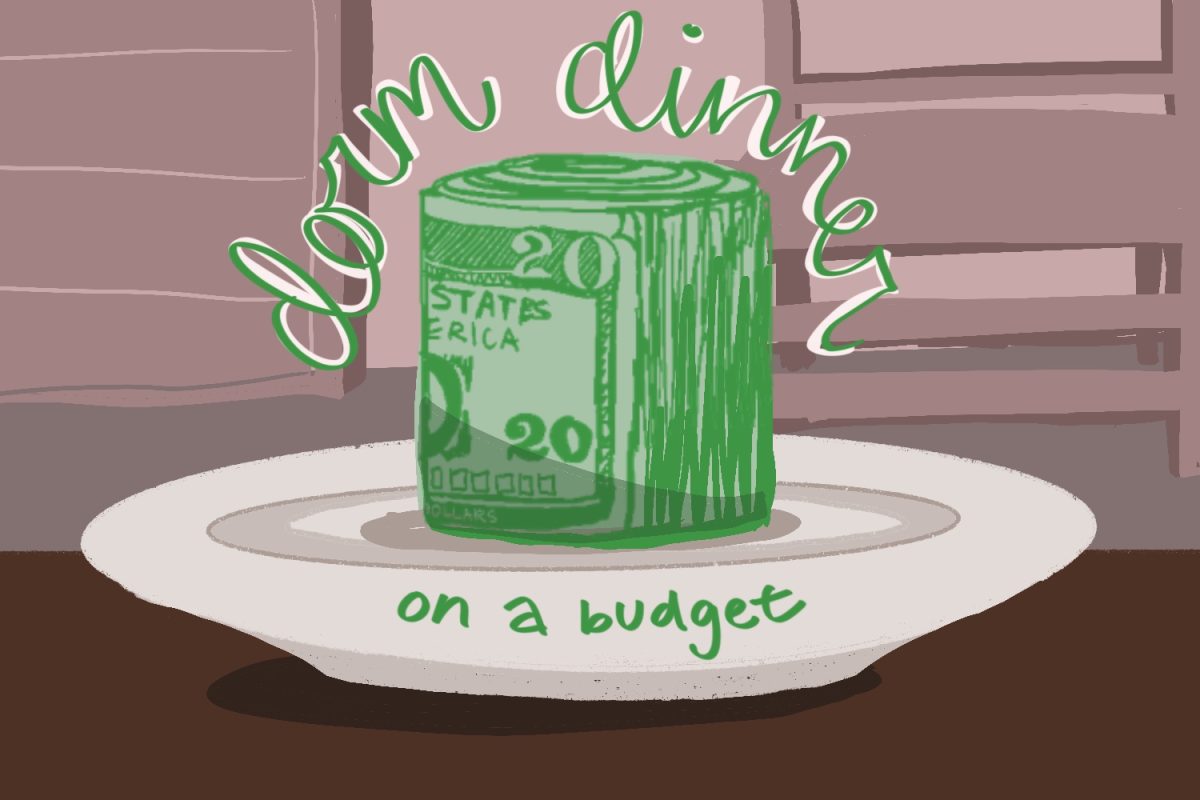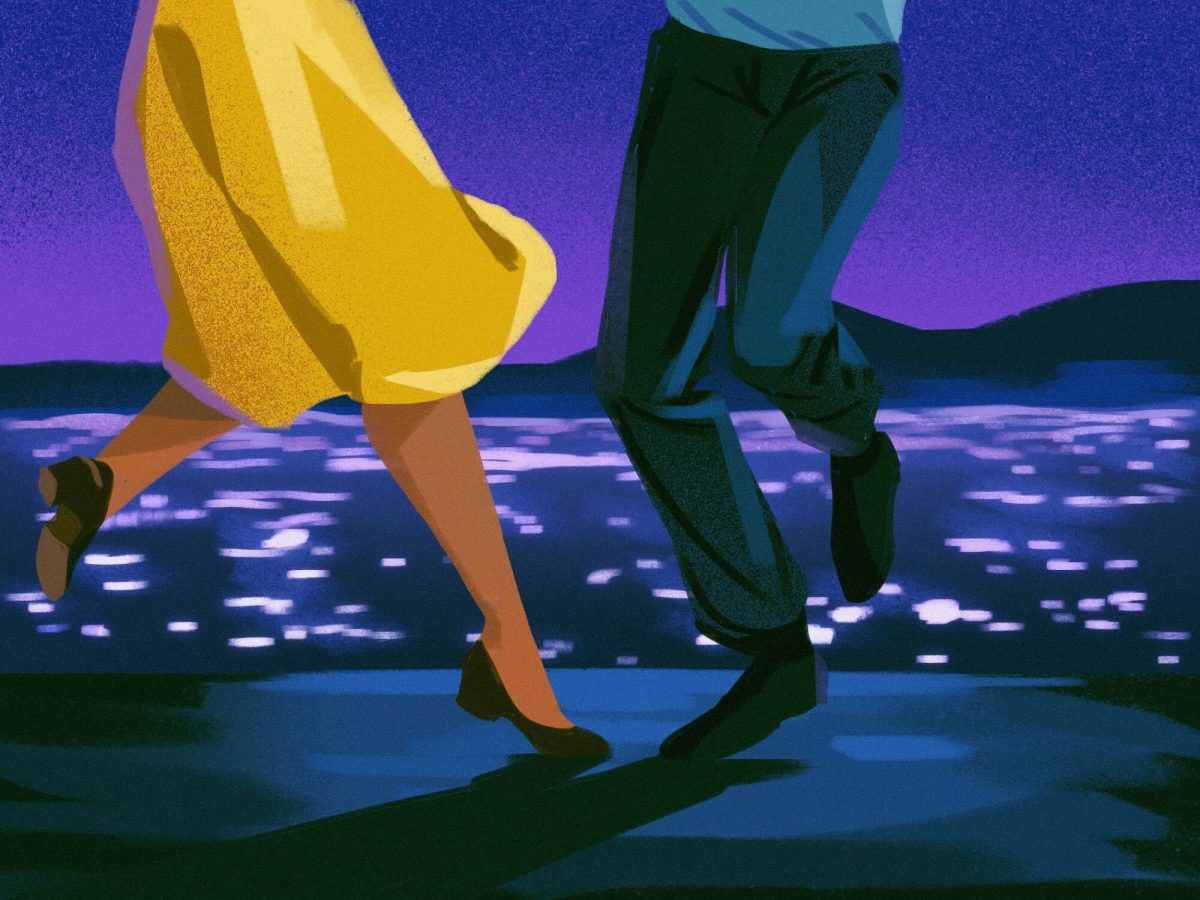I recently watched a video of First Lady Michelle Obama asking young girls around the world to focus on their education, at “The Power of an Educated Girl” panel in New York City.
“There is no boy at this age that is cute enough or interesting enough to stop you from getting your education,” she said. “If I had worried about who liked me and who thought I was cute when I was your age, I wouldn’t be married to the president of the United States.”
The message in the video struck a chord with me. But what actually hit home was that I didn’t receive the link for this video through an American source. On Sept. 30, my Facebook home page was brimming with Obama’s video — almost every Indian girlfriend of mine, sitting 7,000 miles away from where the action was taking place, had proudly shared the post on her profile. Obama made a statement aimed at American girls, and within minutes it reached the ears of girls in the remaining parts of the world. This is the access one receives with education and empowerment. This is the power of literacy.
I come from a country that revolves around its women. Whether we’re talking about girl infanticide, rape, illiteracy, festivals that are solely dedicated to girls or even just the law, India cannot stop talking about its ladies. While most of the things I mentioned above are negative in their connotation, at least people are talking about them. At least people are aware. And that really is the very first step to overcoming any obstacle.
India has been going through a transitional phase, and the country looks to the U.S. to be its guiding light. For what feels like eons, Indians have maintained the mentality that America stands for everything equal and good. Bearing this in mind, it will come as no surprise that American persuaders such as Obama herself are also role models to countless Indian kids sitting across the globe. At this year’s Global Citizen Festival, Obama announced the start of her new #62MillionGirls campaign, which sheds light on girls worldwide that don’t have access to education, CNN reported. It is actions such as this that make the world smaller. It is such efforts that bind cultures and make the people work towards one common goal.
Throughout the past ten or twelve years, the face of India has changed in regard to girls and women. While the numbers of rape and assaults are increasing, the figures for female education and employment are also skyrocketing. On one hand, we scream and cry about the injustices a modern girl has to face at the hands of an orthodox society. On the other, we overlook that we are screaming and crying because we are aware, and we are being educated enough to know right from wrong. We are learning to speak up. The crimes have always been prevalent. But now, girls are being educated enough to know they can raise their voices and fight for themselves. There is no better weapon than knowledge, and Indian girls are proving that by the second.
I truly believe that this weapon has been placed into our hands by Western culture. With access to the Internet, social media, newspapers, television and more, it has become exceedingly easy to follow trends and to keep track of what one could potentially be missing out on. It is the fear of lagging behind in this fast-paced world that is the motivating factor behind every Indian girl’s urge to educate herself.
“Education is the key that holds our future,” the first lady said, and rightly so. It is the single element that can make or break the biggest and most important of things. Think about it: if it weren’t for education, could we even be having this debate about education? Here’s some food for thought — it’s time to satiate our hunger and feast on the limitless knowledge available across the globe, now at our fingertips.


